NSW Flood Inquiry: 21 reasons Resilience NSW, NSW SES failed flooded communities
Twenty-one reasons why the NSW Government failed flood-ravaged communities across the state have been revealed in a damning public inquiry. See the findings here.
Local
Don't miss out on the headlines from Local. Followed categories will be added to My News.
A damning inquiry into the NSW flood disaster has called for the government to abolish Resilience NSW, while ridiculing the performance of the NSW State Emergency Service during “one of the greatest natural disasters in generations”.
The NSW flood disaster between February and April claimed the lives of 13 people and destroyed a total of 4055 properties, while leaving 10,849 homes damaged.
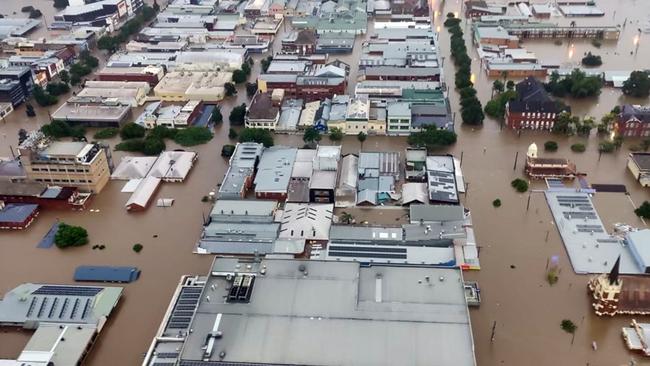
A further 8100 homes were inundated with water, with thousands of people displaced across the state.
The select committee on the response to major flooding handed down 21 findings on Tuesday afternoon, accusing the NSW Government of lacking co-ordination, creating confusion and responding poorly to the flood disaster, “resulting in the North Coast community being let down in their greatest time of need”.
Labor MLC and committee chair, Walt Secord, found: “NSW Government agencies and the Bureau of Meteorology were not prepared for, nor did they comprehend the scale of the February-March 2022 floods”, while accusing government agencies of treating the natural disaster “as a nine to five business operation”.
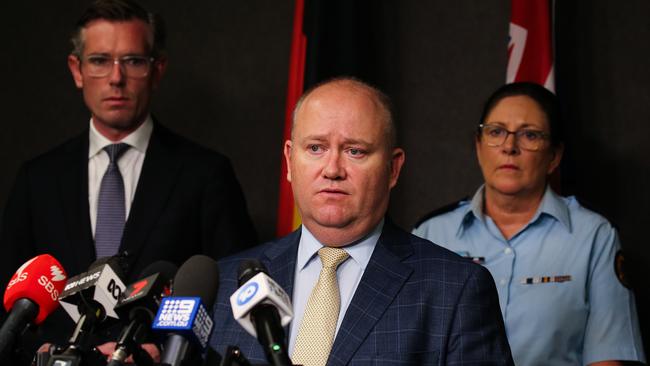
“NSW State Emergency Service and Resilience NSW failed as lead agencies to provide adequate leadership and effective co-ordination during the major flooding of February-March 2022,” Mr Secord said in his first finding.
“The centralisation of the NSW State Emergency Service and a shortage of volunteers significantly hindered the ability of the agency to lead the response to the major flooding.
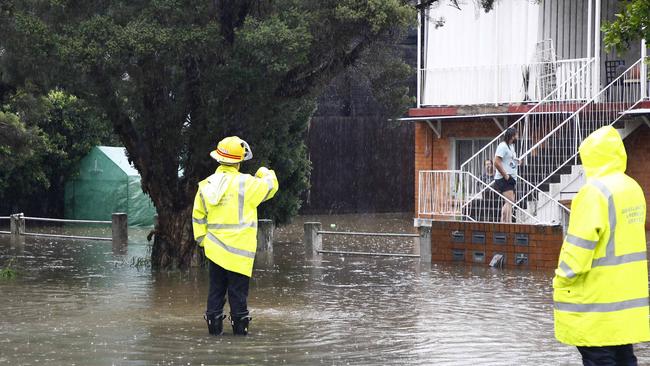
“The NSW State Emergency Service failed in its public communication of flood warnings and evacuation information during the February-March 2022 floods, by issuing out of date, inaccurate and confusing messages.”
The committee also said flooded residents were forced “to ignore government advice and save lives” themselves.
“Put simply, the community was forced to save themselves; neighbour saving neighbour,” he said. “While this is an admirable testament to these communities, it is both unreasonable and undesirable as a matter of public policy.

“For these reasons, the NSW Government should consider restructuring the SES to ensure that it better harnesses local knowledge and networks, coordinates more closely with other rescue agencies, and increases resources, including by driving volunteer recruitment.”
Mr Secord said Resilience NSW “failed to provide leadership and effective co-ordination in the community’s greatest time of need”.
“Resilience NSW demonstrated some of the biggest failures of the NSW Government’s response to the floods,” Mr Secord said.
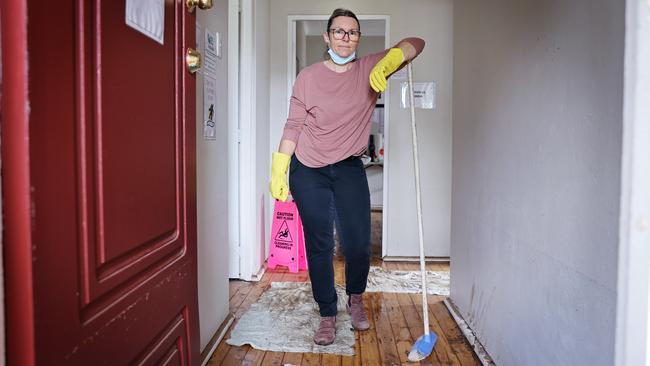
“Witnesses repeatedly expressed frustration and were confused about the role of Resilience NSW, particularly in the recovery phase following the floods.
“The committee found that the NSW Government failed to comprehend the scale of the floods and treated the disaster response as a “nine to five” business operation – when it was one of the greatest natural disasters in generations,” he said.
“The agency failed to engage or co-ordinate with community groups leading flood recovery efforts in their communities.
“This was despite Resilience NSW having been established almost two years ago.”
A NSW SES spokesperson said the agency “welcomes the opportunity presented by the independent Flood Inquiry and Parliamentary inquiry to identify ways in which the emergency response of the NSW SES’s volunteers and staff can be improved”.
“The NSW SES notes that the NSW Government will consider the findings and recommendations of the Parliamentary inquiry and respond to the Parliament in due course,” the spokesperson said.
LISMORE
Lismore Labor MP Janelle Saffin said the inquiry’s finding “align with the experience our local communities regarding rescue, response and recovery”.

“I have recommended that NSW Resilience be abolished, for its systemic failure to serve our communities and then to not learn any lessons as they go,” Ms Saffin told the Northern Star. “Look at the current debacle with the roll out of the housing pods — zero consultation with community or councils.”
BALLINA
Ballina Mayor and Northern Rivers Reconstruction Corporation board member, Sharon Cadwallader, said there was not a “one-size-fits-all” answer to the displaced people across the region in temporary accommodation.
“Most importantly not everybody wants to go to a temporary village so I believe a suite of options should be offered to the community,” Cr Cadwallader said.
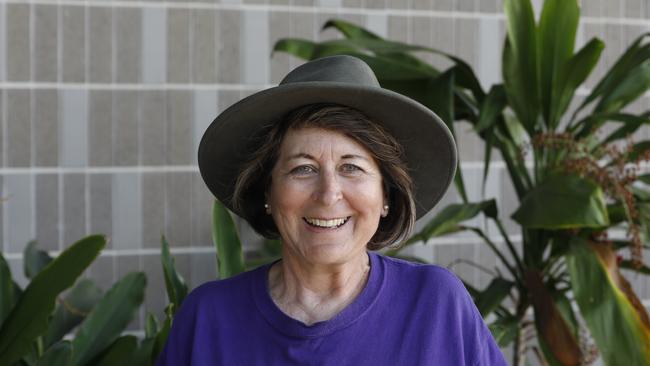
“I think they do need to have options because it has been slow, the rollout, and the take up at Wollongbar (housing pod village) isn’t what was expected.
“There’s only 45 (residents) and the village is capable of taking so many more.”
The local mayor said residents were begging the NSW Government for a new updated SES facility in Ballina, as well as updated equipment.
“The SES volunteers seriously did the best they possibly could with what they had,” she said.
“We lost communications, we were flooded in for four days — our SES should have had satellite phones.
“I’ve got nothing but admiration for how the SES performed and all the emergency services for that matter.
“They were outstanding and have continued to be.”
Cr Cadwallader went onto to say she would like to see the Ballina SES locally led, while calling for the NSW Government to accept more First Nations voices during the flood recovery process on Cabbage Tree Island.
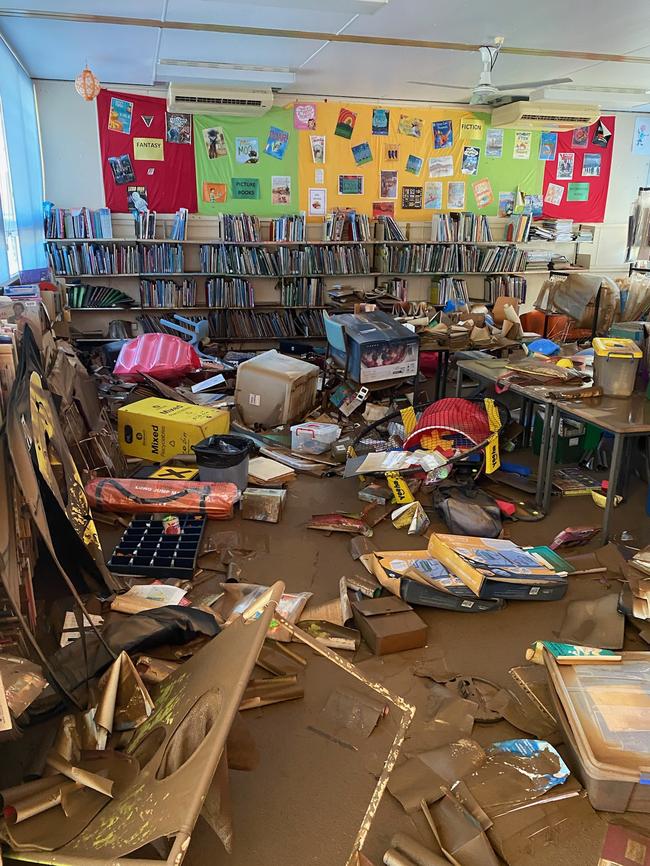

“They lost their whole village, their school, their medical centre and that’s tragic on so many levels,” she said. “We certainly empathise with all the residents from Cabbage Tree Island to be displaced from your village.“I would like to see something sooner rather than later for our Indigenous population but i have to say I’m looking forward to our new facilities that will come and building back better.”
CANTERBURY BANKSTOWN
Mayor Khal Asfour said the inquiry’s findings were a “sad indictment on the NSW Government, and its treatment of local SES volunteers”.
“This Government has spent hundreds of millions of dollars on the bureaucracy rather than the personnel on the ground”, Cr Asfour said.
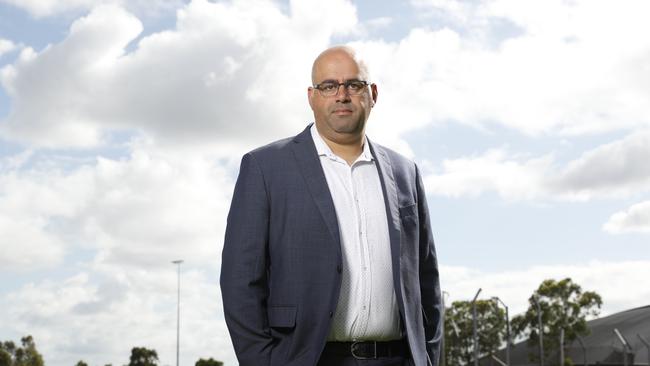
Mayor Asfour said council urged the Minister to recruit more volunteers and to ensure they are properly resourced.
“Our Local SES units are crying out for more volunteers and funding to ensure their successful operation,” he said. “They are taken for granted and treated with contempt.

“The Government has even stopped funding the local SES units annual awards nights.”
Mayor Asfour said his Council would be hosting a thank you BBQ for the Bankstown and Canterbury SES units for their work in protecting his community during the recent floods.
WOLLONDILLY
Wollondilly Council deputy mayor, Matthew Deeth, said the local SES units were extremely responsive on the ground.
“I have to compare the 2016 floods in Picton and the differences in the learning that occurred,” he said. “I have to say the local unit excelled in preparation for on the ground response and preparing the community for the flood events.
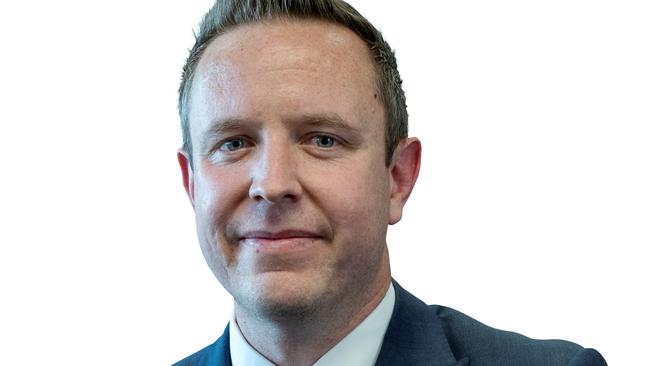
“From the council’s perspective, we responded very quickly and very early. Between the two organisations at a local level, there was a high level of coordination and communication.”
Cr Deeth resides in Menangle which flooded, while the Picton CBD was issued with an evacuation warning.
He said local SES are not resourced adequately enough to do the job that is required of them in this day and age with the impacts of climate change.

“I am demanding an urgent response from the state government to commit to more broader funding for the SES, in a similar fashion as to how the RFS is considered and resourced,” Mr Deeth said.
“I think all options including a restructure of the SES should be on the table.
“If a restructuring is going to deliver a better result than absolutely we should consider it. You cannot expect the same organisation with the same resources to deliver a better result just because you have rearranged the organisational chart.”
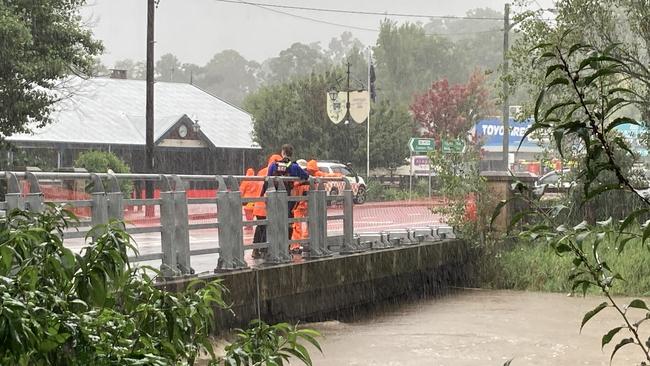
Mr Deeth also said there needs to be improvements to the recovery response.
“With the recovery response, council are having to cough up the bills for recovery and carry the costs for up to two years or more,” he said.
TWEED
Richmond federal Labor MP Justine Elliot said the NSW Government “catastrophically failed” the region following the release of the flood inquiry findings.
“The report also reflects what we have all known on the ground since the floods hit, there was no planning in place,” she said.
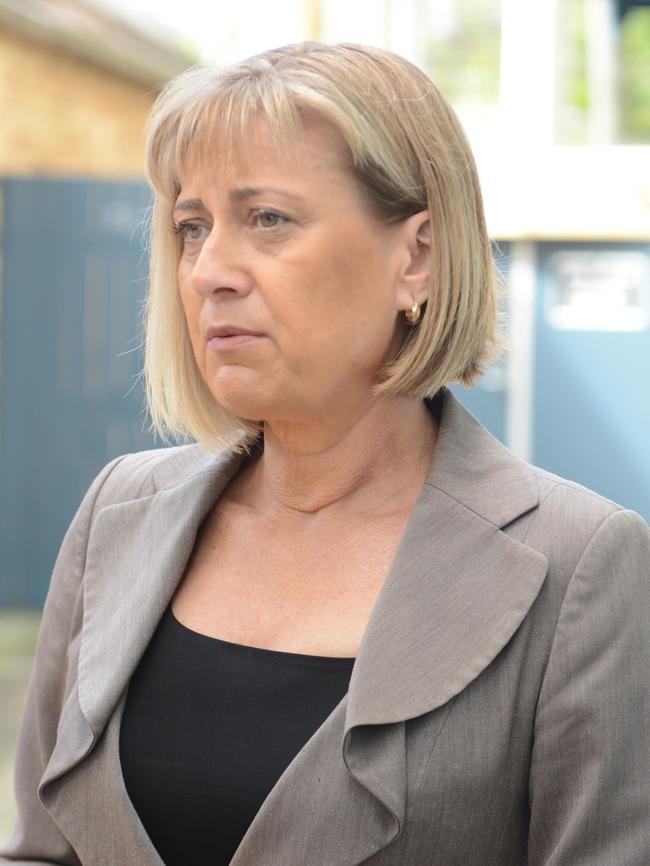
“They had failed to adequately resource the SES and emergency service in terms of their response to floods.”
She went onto to say the report showed the NSW overnment was “unfit, unwilling and unable to govern NSW”.
CAMDEN
In a “devastating” first half of the year, Jim McGregor’s Camden property has been hit by floodwaters four times this year, leading to a huge cleanup job every time.
He said that there was a lack of a SES presence near his home at Peter Ave, which was a “concern”.

“The SES that I did come across were fairly young and enthusiastic, but how could they know what a major flood event looks like,” Mr McGregor said.
“But the ones that were there were helpful and concerned for our welfare. Also, it’s important to note, we have not had something like this before in this generation so how can you prepare?”
Mr McGregor said he would tend to agree that there seemed to be a “9 to 5” attitude when it came to the response.
He added that after the third flood in April, there had been a lot of action on the ground.
“Maybe that was because there were several ministers from the NSW Government on deck looking at what had happened,” Mr McGregor said.
“However, after the last flood a few weeks ago, we didn’t see anybody.
“I would like to say however that Camden MP Peter Sidgreaves did come down to check on us and was very thoughtful.”
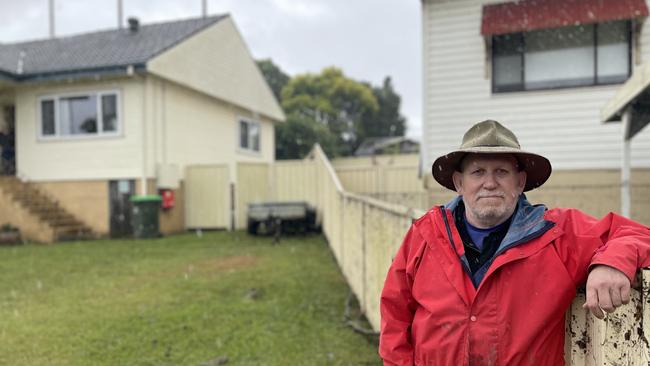
Mr McGregor said another concern he had during the Camden floods was the slow response with road closures.
“I find it hard to tolerate people driving through floodwaters,” he said.
“The council barriers were not going up quick enough and it’s hard to see floodwaters and how deep they are in the dark so that was definitely an issue.”
Images of Stephen Cooper, dressed in just a shirt, shorts and sandals, circulated social media during the first floods, as he and some mates worked hard to lift beehives and move them out of the rapidly rising floodwaters.
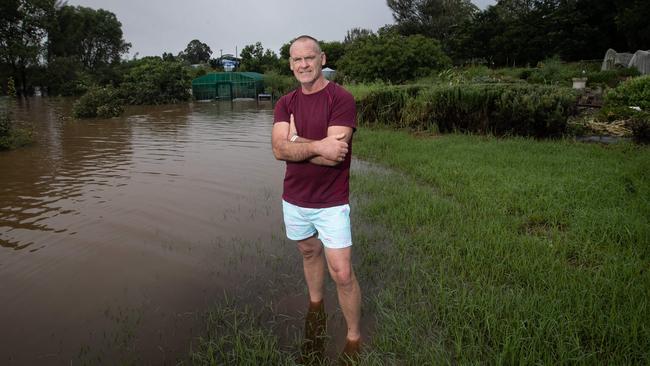
He has been a volunteer at the Camden Community Garden for 12 years, and has been a resident in the area since the 1980s.
The well-loved garden had been impacted by all four 2022 floods, with some of them completely submerging the lush green space.
Mr Cooper said it was unfair to compare the emergency response in Camden and Lismore.
“I think there were adequate warnings around flood levels in the Nepean,” he said.
“I also think a lot of people who were impacted know they are in flood areas so they have a level of preparedness themselves.
“We had studied the previous floods so we anticipated what might happen and planned accordingly.”
However, the recovery in the aftermath of the devastation caused by the floodwaters there is a lot to be desired, Mr Cooper added.
“It is really hard to remain motivated every time,” he said.

“The garden is run by volunteers so we are doing all the work ourselves.
“You bounce back each time, but the bounce becomes a bit smaller. You think surely it just can’t happen again but they are talking about another one in September,”
Mr Cooper also said he agreed that it was hard to access assistance in the recovery after the floods.
“We all have jobs which we still have to go to, which made it hard to access the services we needed,” he said.
LIVERPOOL
Liverpool, in southwest Sydney, was flooded multiple times through February-March, with road closures and boat rescues needed for isolated families.
Liverpool Mayor Ned Mannoun said Resilience NSW was “non-existent” during the floods and called for NSW Police to lead flood responses in future, arguing they would deliver a better outcome for everybody.

“At the end of the day, in the three flood scenarios we’ve had recently, Resilience NSW did nothing for us,” Mayor Mannoun said.
“It was the police, SES, RFS and council filling sandbags and knocking on doors when people were in danger.
“We need more people on the front line, and less bureaucrats in an office.”




